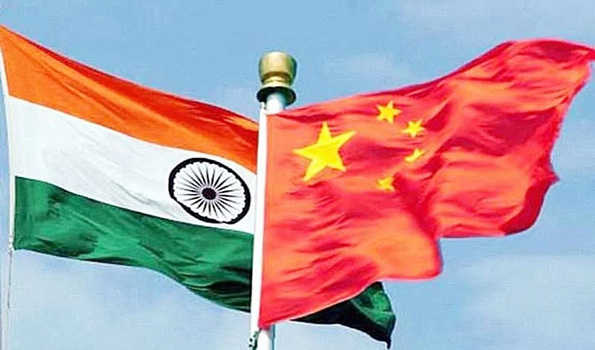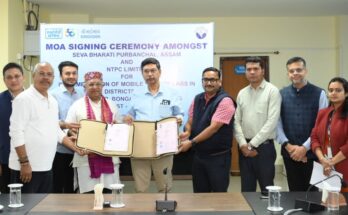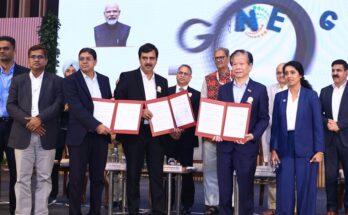By Nirendra Dev
Differences are no taboos, rather they should draw two sides to learn from each other, say eminent media personalities from China.
On visit to India as part of the highly ambitious third edition of India-China high-level media forum, noted scribes from the Communists-ruled China also say that it is high-time for both the countries and the people to realise the impact of huge population between the two.
“If the Dragon and the Elephant fight, it will be very ugly and disastrous because they are huge. But if they dance together, it will be amazing also because they are great …and that’s a message we should send to our people,” says Yang Fuqing, deputy director at CGTN English in China. “If India and China can prosper, the world will prosper”.
He was interacting with a select group of Indian and Chinese journalists at the forum organised under the aegis of the ministry of external affairs in India and also the Chinese foreign ministry.
The initiatives were given further boost in recent bilateral talks between two sides and also at the first informal summit held in April in China between Prime Minister Narendra Modi and Chinese President Xi Jinping.
Yang maintains: “Throughout history, India and China have learnt great deal from each other. But in modern history, we (Chinese and Indians) are more focused on learning from the west. I think it is time for us to learn from each other”.
Another colleague of his Huang Xingwei, senior editor, Xinhua News, says: “Misunderstanding has come to stay between the people of two countries chiefly due to ‘ignorance’. Most of the reports from western media are biased (about both the countries),” he says, adding, therefore it is only imperative to suggest that to present ‘True China and True India’ is a way out.
Here comes the role of the media, he notes, echoing the sentiment underlined by Chinese foreign minister Wang Yi, who on Friday said: “Media needs to project real India, real China and the ever-growing India China relationship”.
Thus reportage about both the countries by the respective media should be devoid of sensationalism and nationalistic overtone.
In this context, journalist Huang only underlines a long-felt necessity that the media organisations in both countries should increase the number of foreign correspondents in both the countries. “The government agencies should provide necessary assistance for the news coverage,” he notes.
Huang also points out that six Chinese journalists are at present posted in India from Xinhua’s Beijing headquarters and the agency has two bureaus operating in India – one each in Delhi and Mumbai.
Huang also says that with regard people-to-people connect between India and China, his personal connect to India is through Indian movies. “It is interesting to note that before my trip to India, we saw some films. One film was Awara”.
“The film’s music was beautiful, dance was beautiful and the actress too was beautiful”.
In his deliberations, Yang Fuqing, also an award winning journalist, tries to lay emphasis that in terms of making efforts to deepen people-to-people relations, Chinese and Indians need to also reflect back in history. “I am always wondering how the first contact between two civilisations started. How did our ancestors greet each other? Did they greet each other just like what we do today?” he says.
“How did they overcome the language barrier?” he wonders and further says, “How did they bypass the cultural differences…..and before they met, they had to traverse world’s most difficult and dangerous terrains.”
Against this backdrop, he did not forget to mention that while all natural barriers have been overcome in today’s world – the ‘man made barriers’ still exist. (UNI)




